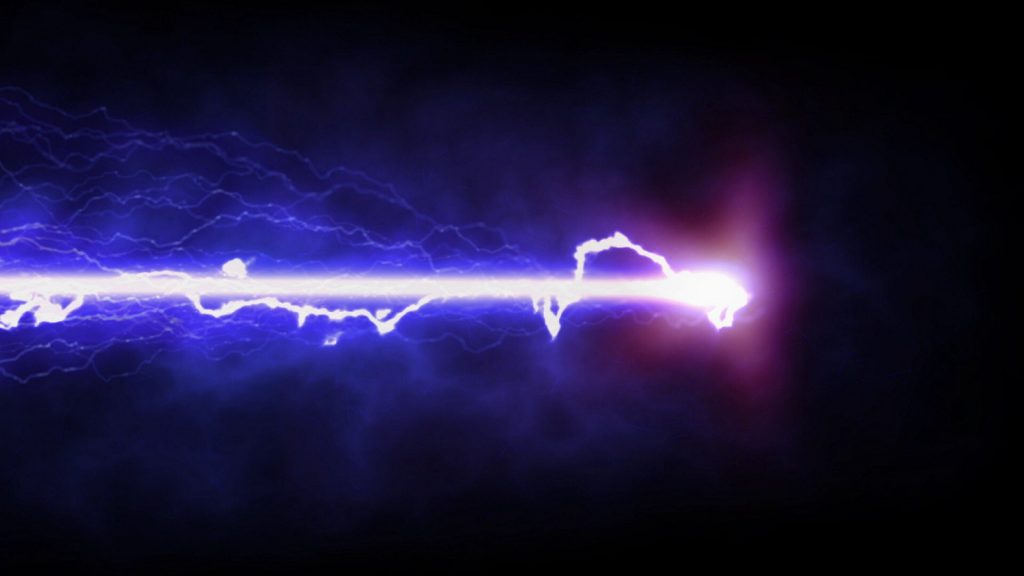The US has been investing in laser weapons in order to enhance their military capabilities and technology. Laser weapons have proven successful in various deployments and can conveniently be deployed on land, water and air, achieving results similar to conventional missiles.
Researchers at the Beijing Institute of Technology are working on a solution to counter these by experimenting with a material called boron phenolic resin (BPR), which is commonly used in hot and high-stress environments.
Interestingly, China is the largest manufacturer of BPR and it only costs them seven yuan (US$1) to produce 2.2 pounds (one kg) of the material.
The laser weapons are considered low-cost weapons and can be used against low-cost drones, offering unlimited ammunition as long as there is a reliable power supply. The US is also exploring their use against ballistic missiles.
BPR is a low-cost resin commonly used in industrial settings that face high temperatures and stress. It is also used as a heat protection layer on missiles and high-speed drones in the military. However, laser weapons can easily burn through this coating with just a few seconds of exposure.
To address this issue, the Chinese research team led by Professor Gao Lihang has developed a new composite called BPR-1. They added inorganic compounds like silicon carbide, zirconium dioxide, and carbon black nanopowder to the resin, which were readily available in the market.
In their experiments, the researchers applied a 0.1-inch (2.5 mm) coating of the newly developed resin and subjected it to a 15-second blast from a powerful laser. The laser used had a power density of 500 watts per sq. cm, which is more intense than what is typically used against ballistic missiles. The back surface of the coating reached a temperature of 445 Fahrenheit (230 degrees Celsius), which is significantly lower than the melting point of aerospace-grade aluminum.
Additionally, the researchers observed a glass-like material in the heat-affected zone, likely formed by the added compounds in BPR-1. This innovative solution offers a cost-effective method to counter the upcoming laser weapons technology. Further research and development would be required to increase the power of lasers, thereby delaying the US plans to deploy them.
With the US investing billions of dollars annually in laser weapons, the Chinese research provides a potential solution to counter this technology. By utilizing BPR-1, China may have found a way to effectively combat the advancements made by the US. However, more work is needed to enhance laser power, which could further postpone the US deployment of these weapons.

